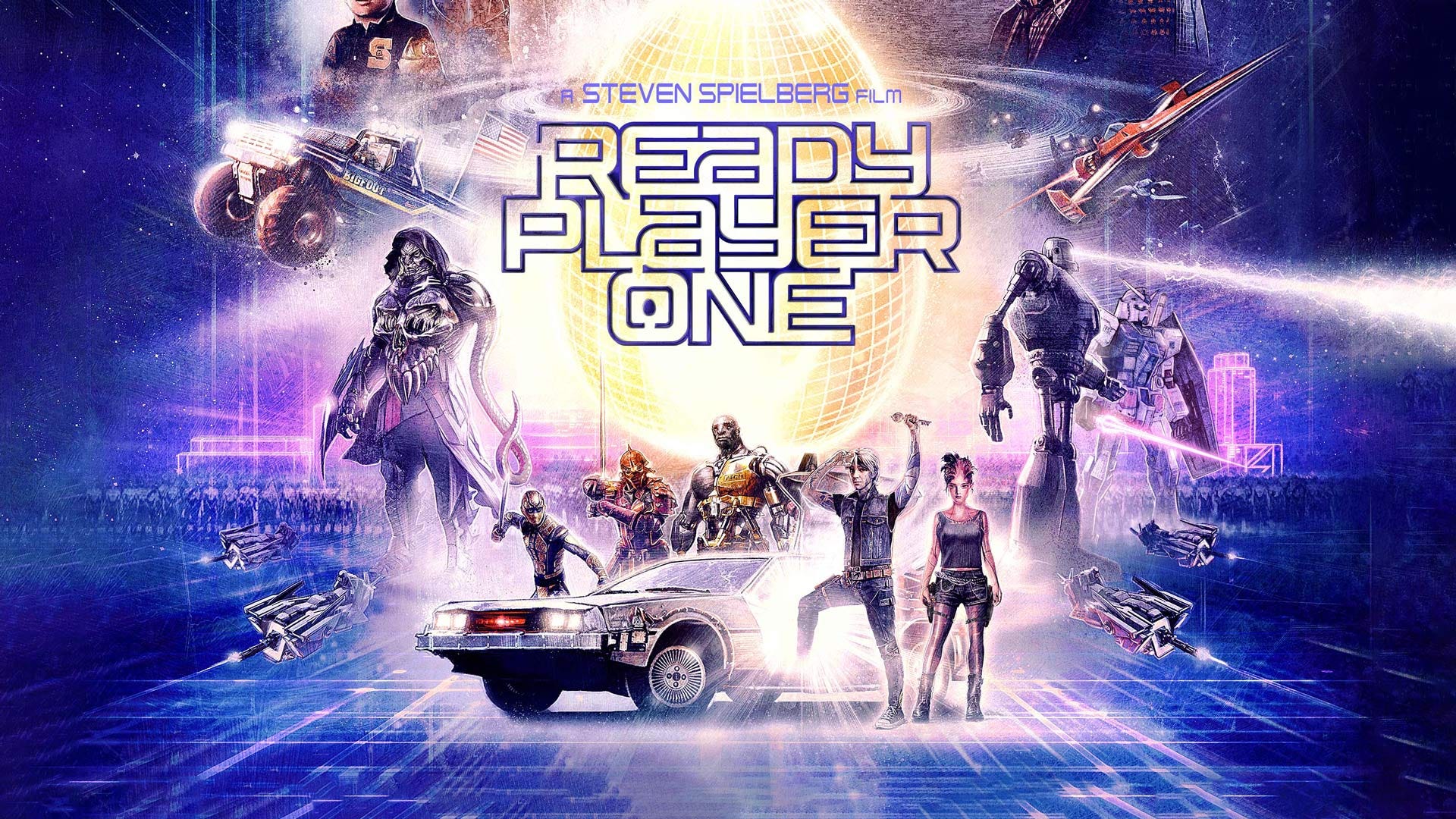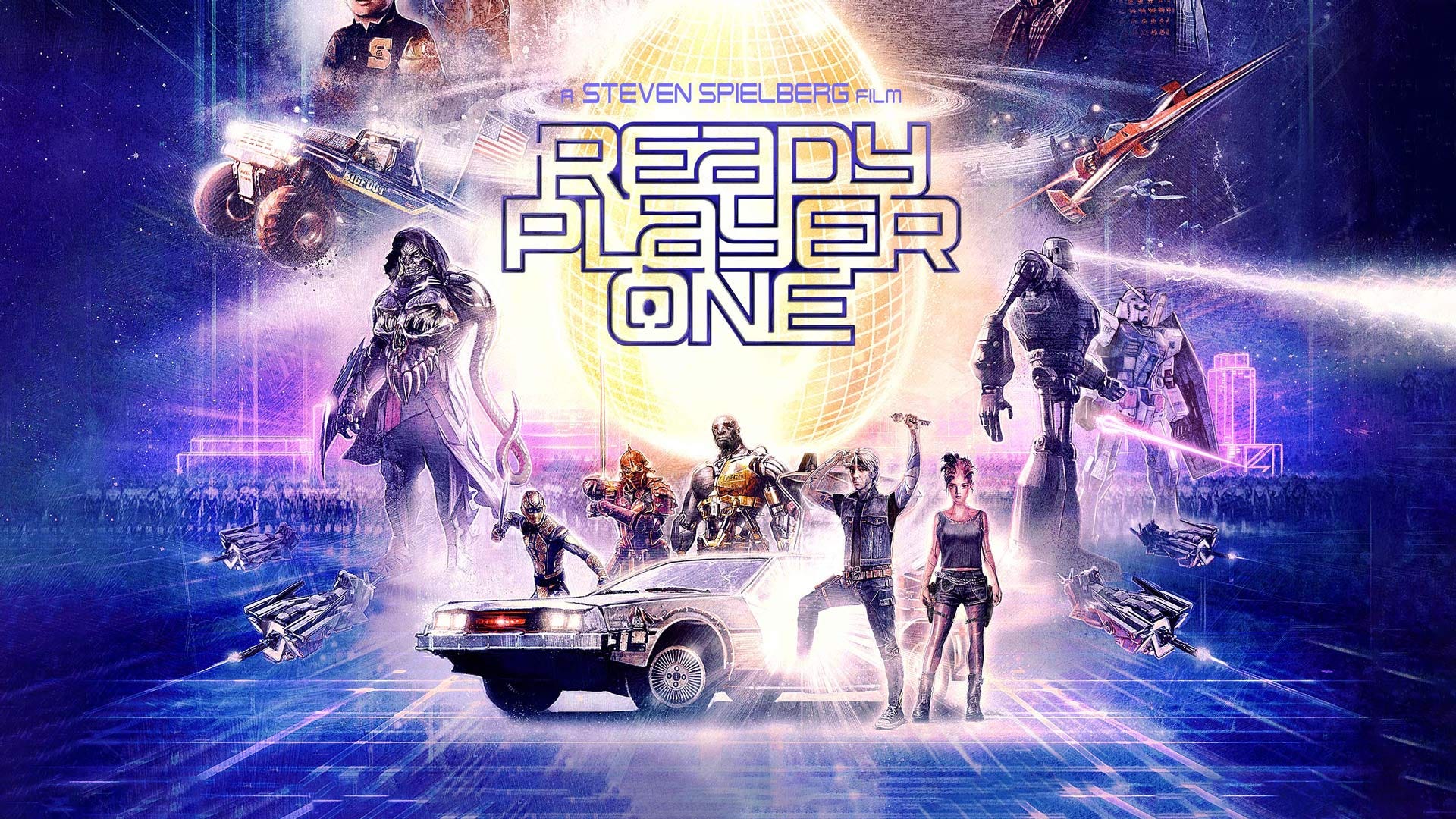
Part of our team coverage of Ready Player One’s immersive marketing.
Ready Player One has come back into the cultural landscape thanks to director Steven Spielberg’s film adaption, and it is hitting immersive like a shot through the heart.
We’ve got team coverage of the two completely separate activations — a VR heavy event produced by Giant Spoon at SXSW that our video squad captured, and the pop-up experience at Hollywood and Vine in Los Angeles. Two events that couldn’t be more different, but both aiming to get audiences excited about Spielberg’s most ambitious run at popular blockbuster filmmaking in years.
Team Coverage
‘The Ready Player One Challenge’ and The Maze of Experiential MarketingPart of our team coverage of Ready Player One’s immersive marketing.noproscenium.com‘Ready Player One’ and TheWaveVR Redefine Partying at SXSW (Video)Part of our team coverage of Ready Player One’s immersive marketing.noproscenium.com
Now there’s nothing original about pointing out that Ready Player One the book is as much a mash note to the kinds of stories Spielberg told in the 80’s as it is to the dream of VR that the youngsters of that era were promised. The film just happens to be coming out at a time when that dream is finally, slowly, being realized. In some cases by people who were inspired by the book, because they were too young to live through the original era.
What’s truly strange about this moment is that the vision of the VR future that Ready Player One creates is not only coming true in parts, but it is being challenged and in some ways surpassed by the technology and experiences that are currently being developed and deployed.
I came up in that first era, fascinated with virtual reality and I cut my science fiction teeth on William Gibson and Neal Stephenson, whose The Diamond Age remains both a seminal work and the lodestone for much of my thinking about the ways in which immersive will develop as a field. Which leads me to a confession I need to make:
I have no great love of Ready Player One.

Years ago, when Ernie Cline’s book first came out, so many people told me that I’d love the book that I became skeptical. I’ve a natural contrarian streak, and I breathe pop-culture in the fashion of the rest of my generation. So I wasn’t necessarily interested in seeing someone stick it all in a blender and hit purée. I experience that when I stare at a wall for longer than twenty seconds.
When I finally did pick up the book, I couldn’t get through five pages without throwing it against the wall. It read like a checklist of 80’s cliches. I was out.
Get Noah J Nelson’s stories in your inbox
Join Medium for free to get updates from this writer.
SubscribeSubscribe
But for some reason, and this was still before it became the equivalent of Gideon’s Bible amongst VRanglists, I decided to see if I could get past the caramel-thick pastiche and find out what the fuss was about. In the end, I appreciated the love-letter-to-a-lost-era-part of the book and the classical adventure tropes. Whenever you have protagonists masking themselves in assumed identities in order to fully reveal themselves, I’m pretty much on board. That’s baked in with the avatars used in the book’s virtual reality metaverse called the Oasis, and it’s a condition that the whole of our culture has subconsciously embraced with the personas we enact on social media.
For all its pop-culture ephemera, the novel touches on some of the fundamental issues we have in a world where we’re increasingly more engaged with the digital version of ourselves than the flesh-and-blood one. The melodramatically stark contrast between the superpowered gamers of the Oasis and the lives of the semi-homed in the “Stacks” that the story’s protagonist lives in can be witnessed on many a street-corner in LA now with the city’s homeless population wired in to the internet. (Which shouldn’t be read as some kind of knock on the priorities of the homeless: that connectivity can be a literal lifeline.)
Which is why when I found myself standing in front of the fictional “Stacks” that had been recreated on the corner of Hollywood and Vine, I felt like I was getting a flash-forward to our near future. The campers that have been assembled into a multi-story structure are just the window-dressing for the Ready Player One-themed Instagram palace that lays beyond. There’s a charm to what’s inside the maze, which, thanks to the local community members who were hired to help build it, has a few touches borrowed from home-grown immersive attractions. (Including a few performers, if you come during their shifts.) There’s also a deliciously disorienting “hall of mirrors” that’s a bit more like a “walk-in closet of mirrors,” but still managed to elicit great glee from me. All for the bargain basement price of: free.
After the grim specter of the Stacks, what stuck with me the most was the display of Parzival’s haptic suit, which allows him whole-body physical immersion. I remember once upon a time wanting nothing more than this exact thing. A way to reach out and touch a world that had only been in my mind’s eye. Looking at the prop on a mannequin, it was more or less identical to what I had once pictured, both while reading the book and in the years before when I had daydreamed about such things.
Only now I’m not so sure that I still want that.
After three years down the rabbit hole, I’m a lot more interested in the connections between people that immersive allows for, than I am in the tools that get us there. I’ve seen the barest of artifice support deep dives, and I can’t help but wonder if we spend too much time focused on complicated systems and trying to replicate the world in detail, and not enough time on the simple ingredients — storytelling, eye contact, and gentle suspension of disbelief — which cut through the fog of our already virtual world.
Beyond our discipline, we’re grappling with what the connective technology of today has done to us culturally and politically. We’re seeing friends turn their back on social media because of privacy issues while simultaneously watching mass political movements that dwarf the actions of the 1960’s get summoned from the web’s ether.
From what I can tell from the trailer for Ready Player One — as well has having read the book and from decades of watching Spielberg films — the ultimate lesson is all about the connections we make along the way. My hope for our technologically-connected future is that with whatever tools we make next — be they VR, AR, or something altogether different — we start focusing on designing a depth of connection, and not just reveling in new channels for the sake of novelty.
Because after dreaming of something like the Oasis for our whole lives, I know we’re ready for something more.
Team Coverage
‘The Ready Player One Challenge’ and The Maze of Experiential MarketingPart of our team coverage of Ready Player One’s immersive marketing.noproscenium.com‘Ready Player One’ and TheWaveVR Redefine Partying at SXSW (Video)Part of our team coverage of Ready Player One’s immersive marketing.noproscenium.com
Ready Player One opens in theaters on March 29.
No Proscenium is a labor of love made possible by our generous backers like you: join them on Patreon today!
In addition to the No Proscenium web site, our podcast, and our newsletters, you can find NoPro on Twitter, Facebook, YouTube, Instagram, in our online community Everything Immersive, and in our Slack forum.




















Discussion